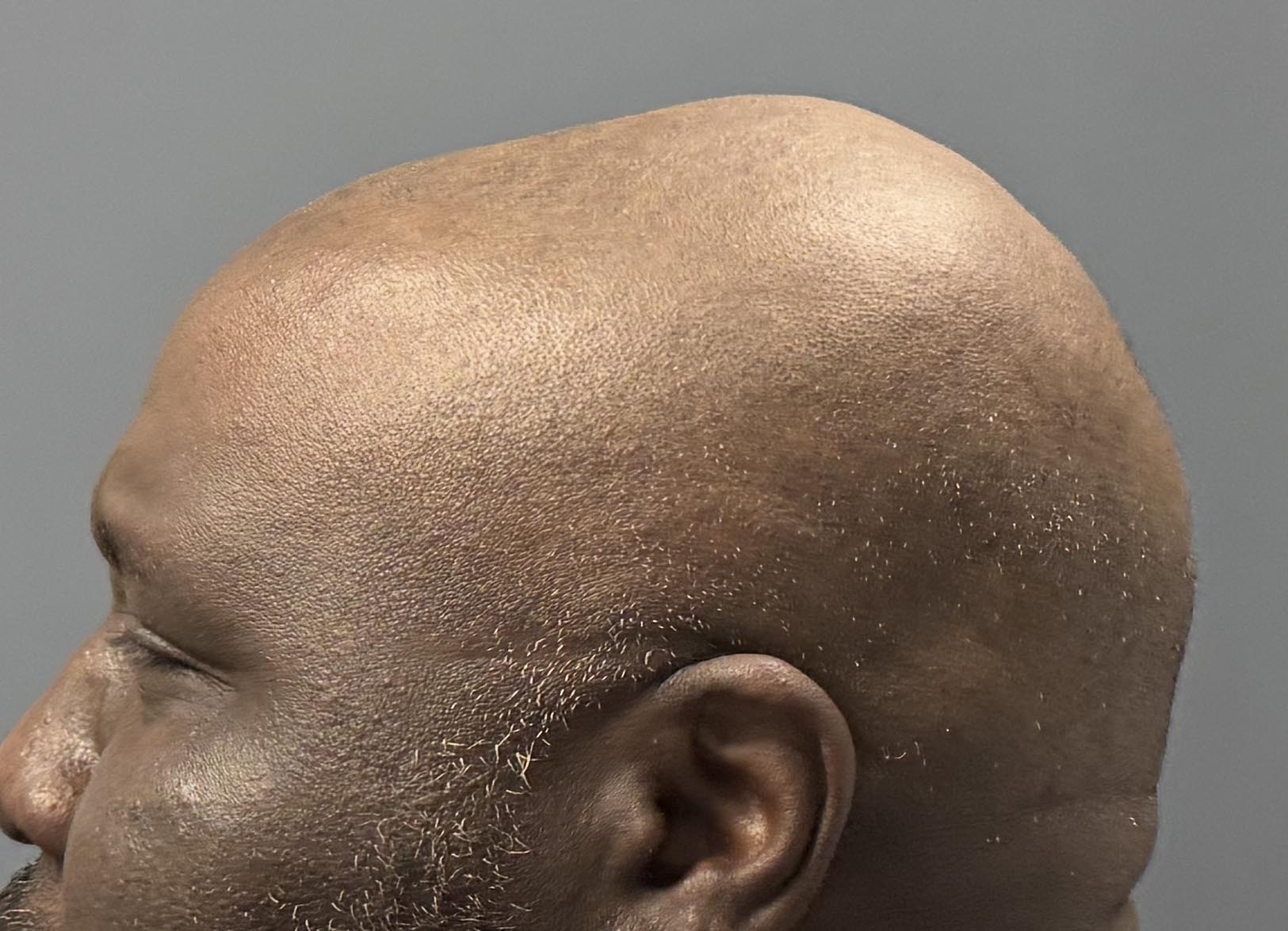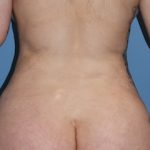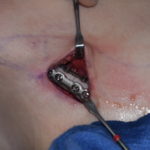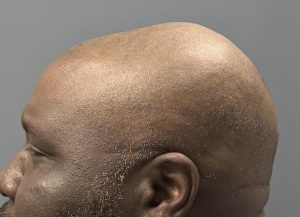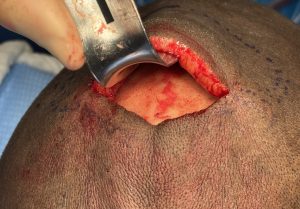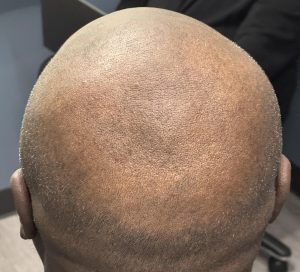Background: The skull is prone to a variety of bony prominences varying in size and location. Some are associated with the suture lines while others are not. Some have even been described by names while others are more obscure and unnamed. But all of them share one thing in common….they can be reduced by bone reduction burring techniques. The only question is what amount of reduction can be achieved and where is the incision for the access needed to do so.
One skull area for reduction is associated with the sagittal suture line. The suture line can be raised along parts or all of its length and appears as a midline ridge or crest. This creates an inverted V shape on the top of the head. The most common sagittal crest locationt is at its posterior aspect near the crown of the head which then becomes the highest point on the skull. But a sagittal prominence can also present as a more rounder prominence (hump) rather than a ridge. A sagittal suture may be present at its outer surface but does not appear throughout its full thickness. The sagittal hump also increases skull height but in a rounded and non-linear appearance.

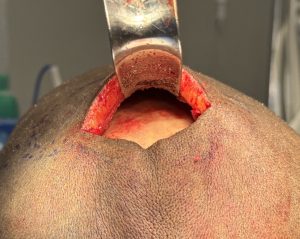
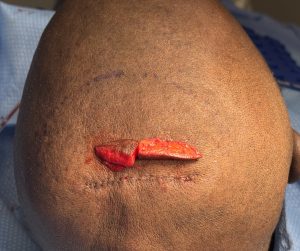
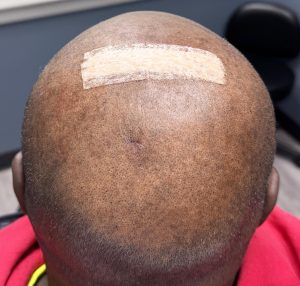
The sagittal hump is a raised area at the crown of the head which typically is a result of increased bone thickness. It is an area of increased bone thickness that looks abnormally raised and disrupts the natural convex profile shape of the head. It requires a 360 degree circular reduction which needs to be done with a limited incision. An adequate bone reduction will create some scalp excess which can be reduced but should stay within the confined the original incisional length.
Key Points
1) The posterior sagittal skull can have a raised midline ridge or a broader-based hump.
2) Through a limited incision on he backside of the hump its height be reduced by bone burring down to the diploic space.
3) With enough bone reduction some loose scalp may result which can be removed (scalp tuck) to optimize the reduction result.
Dr. Barry Eppley
World-Renowned Plastic Surgeon

